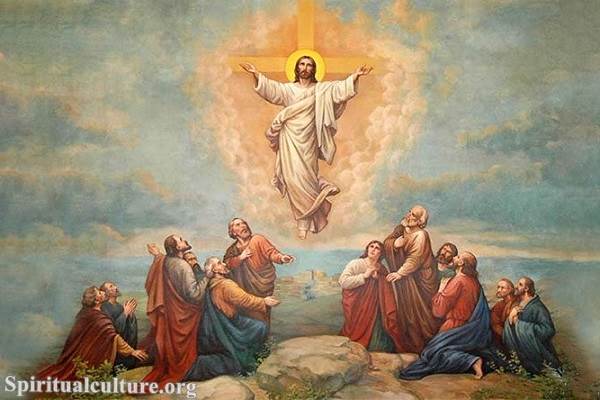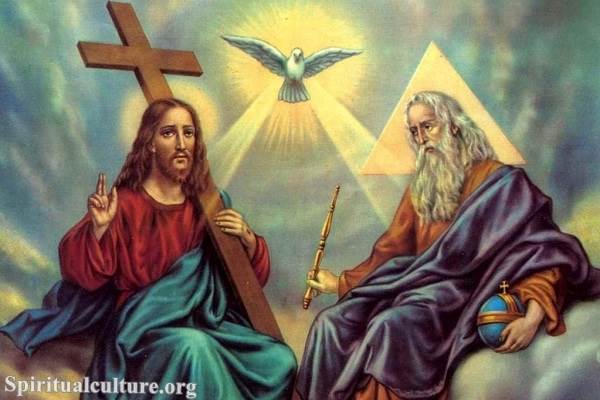The causes of these wars were complex, but religious differences and the desire for political and territorial control primarily drove them. The conflicts were characterized by extreme violence and religious intolerance, resulting in an estimated 8 million deaths.
One of the most significant Wars of Religion was the French Wars of Religion, which began in 1562 and lasted for 36 years. The war was fought between French Catholics and Huguenot Protestants and resulted in an estimated 2 million deaths. The war had a profound impact on France’s political and religious landscape. It ultimately led to the rise of absolutism under King Henry IV and the Edict of Nantes, which granted religious tolerance to the Huguenots.
Another significant war was the Thirty Years’ War, fought in the Holy Roman Empire from 1618 to 1648. This war was primarily a conflict between Protestants and Catholics but also involved political and territorial disputes. The war resulted in the deaths of an estimated 4 million people and had a profound impact on the political and religious landscape of Europe, particularly in Germany, where it led to the weakening of the Holy Roman Empire and the rise of the principle of cuius regio, eius religio, which stated that the religion of a ruler would determine the religion of his subjects.
In addition to the French Wars of Religion and the Thirty Years’ War, other significant Wars of Religion occurred throughout Europe during this time period.
One example is the Eighty Years’ War in the Netherlands, which lasted from 1568 to 1648 and was fought between the Dutch Republic and Spain. This war was primarily a conflict for independence, but it also had religious elements, as the Dutch Republic was primarily Protestant, while Spain was Catholic. The war ended with the Treaty of Münster, which recognized the independence of the Dutch Republic.
Another example is the English Civil War, which lasted from 1642 to 1651 and was fought between the Royalists, who were supporters of King Charles I, and the Parliamentarians, who were supporters of the English Parliament. The war had religious elements as well as political and economic causes. It ultimately led to the execution of King Charles I and the establishment of a Commonwealth under Oliver Cromwell.
These Wars of Religion had a lasting impact on European society, politics, and culture. They led to the rise of absolutism and religious tolerance and the weakening of the Catholic Church’s power. They also led to the emergence of the modern nation-state and the rise of nationalism sentiment.
It’s worth noting that, while the wars of religion are considered primarily European, it wasn’t restricted to Europe, and similar conflicts occurred in other parts of the world as well, such as the Mughal-Maratha Wars in India and the Shimabara Rebellion in Japan.
In conclusion, the wars of religion were a series of conflicts fought in Europe in the 16th and 17th centuries that were motivated primarily by religious differences. They resulted in widespread death and destruction and profoundly impacted Europe’s political and religious landscape.



